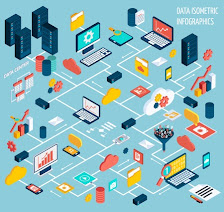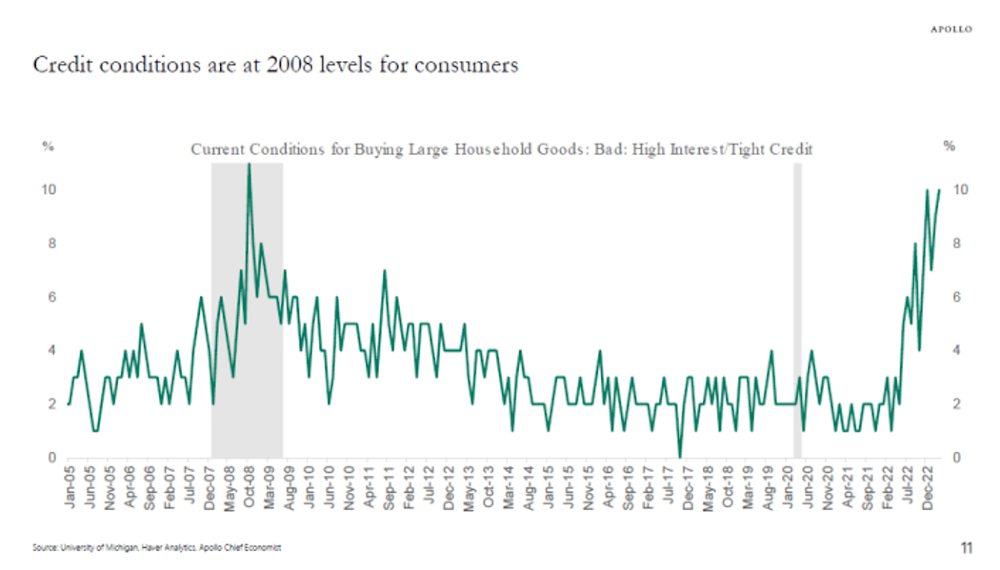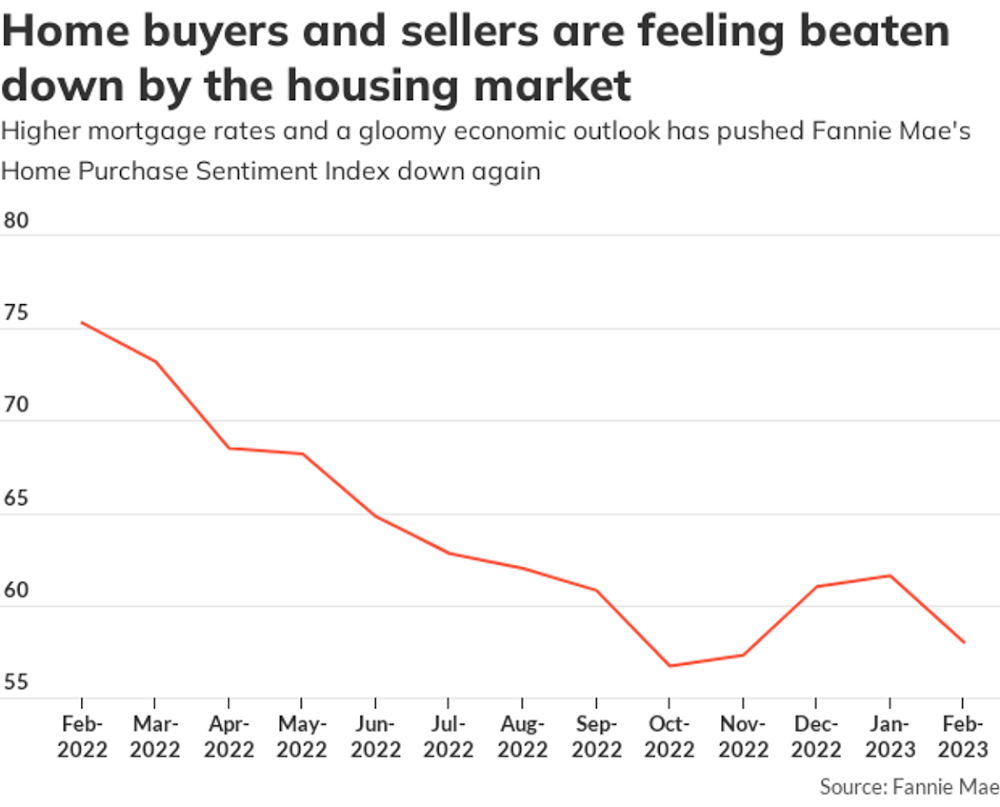Welcome
stock market phases theorem.
Chief Artificial Intelligence.
Academic training in Fundamental Mathematics.
IA basada en Razonamiento Humano
Billie, Founder with academic training in Fundamental Mathematics and professional experience in Large Multinationals in the Information Technology sector, having held positions in high-level management positions, maintains that it is time to reduce Unproductive Public Expenditure and help the Private Sector in everything that is possible.
Cortesía de Investing.com
Cortesía de Investing.com
Agenda Macro
Calendario económico en tiempo real proporcionado por Investing.com España.




















14 comentarios:
Outlays increase 0.3% in February, mainly on health care and natural gas
WASHINGTON (MarketWatch) — Consumer spending rose in February at the fastest rate since November as Americans spent more on services such as health care and utilities, but in a negative sign, purchases of big-ticket items such as new cars fell for the third straight month.
Spending climbed 0.3% last month on a seasonally adjusted basis, the Commerce Department reported . Personal income also rose 0.3% in February
Partly offsetting the acceleration in spending last month was a reduction in the rate of outlays in January. Spending increased at a 0.2% clip in the first month of the year instead of 0.4% as previously reported.
“Consumption remains at a stagnant 2% pace,” said Lindsey Piegza, chief economist at Sterne Agee. That’s likely to result in much slower growth in first quarter compared to the fourth quarter’s 2.6% advance given that consumer spending accounts for as much as 70% of U.S. economic activity.
What’s more, spending on durable goods fell in February for the third straight month. Consumers typically buy big-ticket items when they feel more confident about the economy and their own job security. As a new report on Friday showed, consumers feel more optimistic now than they did a few years ago, but confidence has still not returned to prerecession levels.
Households in February boosted purchases of a variety of services, however, such as health care, education and financial advice. Higher health-care spending stemmed in large part from the start of the law commonly known as Obamacare.
Consumers also spent more on clothes for the first time in four months and outlays for natural gas climbed again during another cold month.
Still, consumer spending has been weak since the recession ended in mid-2009 as Americans worked to pay down debt and rebuild their savings.
Many economists predict spending will speed up in 2014 owing to steady gains in hiring, rising stock prices, higher home values and a temporary truce in Washington after several years of debilitating budget battles. Yet growth has gotten off to a slow start in no small part because of unusually harsh winter weather, so investors will watch closely to see if there’s a spring snapback that puts the economy on a sounder footing.
Many economists predict spending will speed up in 2014 owing to steady gains in hiring, rising stock prices, higher home values and a temporary truce in Washington after several years of debilitating budget battles. Yet growth has gotten off to a slow start in no small part because of unusually harsh winter weather, so investors will watch closely to see if there’s a spring snapback that puts the economy on a sounder footing.
In a more positive sign, disposable income adjusted for inflation rose 0.3% last month to mark the biggest advance in five months. Disposable income is the money left over after people pay taxes.
Higher disposable income typically foreshadows an increase in consumer spending, but it only rose 0.7% in 2013 after a 2% gain in 2012.
The personal savings rate, meanwhile, edged up to a four-month high of 4.3% from 4.2% in January.
Also, inflation as gauged by the core PCE price index increased 0.1% in February, and it’s up just 1.1% over the past 12 months. The core rate excludes food and energy.
The overall PCE index also rose 0.1% last month and it’s climbed 0.9% in the past year.
The low rate of inflation gives the Federal Reserve more cushion to remove stimulus from the U.S. economy at a leisurely pace and wait longer until it raises interest rates. The Fed targets inflation of 2% to 2.5%.
Publicar un comentario